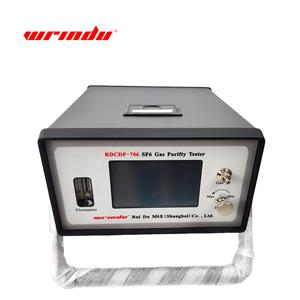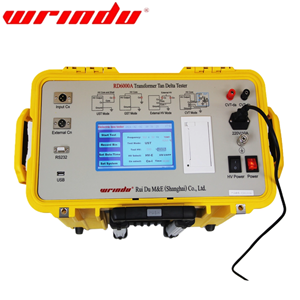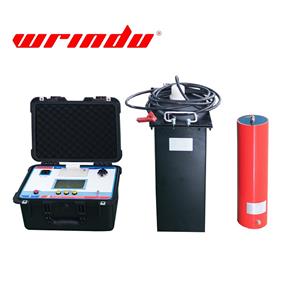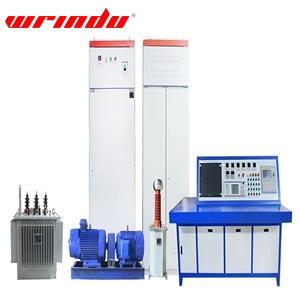Is leakage current ruining your device's performance?
Questions about Leakage Current
What is leakage current?
How to measure Leakage Current?
What range of leakage current must trip an IDCI?
How much leakage current is acceptable?
What is the difference between measuring insulation resistance and leakage current?
What is leakage current?
Leakage current refers to the current formed between mutually insulated metal parts in an electrical system, or between live parts and grounded parts, through the surrounding medium or insulating surface when there is no fault voltage applied.
We can understand it this way: leakage current consists of two parts: one is the conduction current through the insulation resistance, and the other is the displacement current distributed through the capacitance. The former, we often depend on the OHM's Law: I=U/R to calculate. The later, we often depend on the formula of Xc=1 / (2πfC ). In this formula, XC refers to capacitive reactance. f refers to the frequency of the AC signal and C is the capacitance of the capacitor.
Reading here, you have a basic understanding of leakage current. But why does the leakage current exist? We should know, leakage current always exists, but it is usually very small. The common causes of leakage current is Insulation breakdown and Capacitive coupling.
Insulation breakdown occurs when voltage damages an insulating material, destroying its insulation properties and allowing current to flow through it. We can use the formula I=U/R. If the cable loses its insulation capacity, the resistance approaches 0, and the leakage current approaches ∞. When a huge leakage current occurs, it will lead to safety accidents such as short circuit and fire.
When voltage is applied across the capacitor, the capacitor will store charge. However, the capacitor medium cannot be completely insulated. When AC voltage is applied to the capacitor, leakage current will be generated in the capacitor. The distributed capacitance current increases with the increase of frequency, so the leakage current increases with the increase of power supply frequency.
How to measure leakage current?
Leakage current is a measure of the current flow used to evaluate insulation performance. Leakage current measurements are typically performed by applying an AC voltage and using tester to read the leakage current directly.
As usual, we use clamp meters and multimeters to measure current. But clamp meters and multimeters each have their own measurement limitations. The biggest advantage of a clamp meter is that it can measure current without disconnecting the circuit, and it has a wider measurement range. However, its accuracy is not as good as that of a multimeter when measuring low current values. Multimeters are more accurate when measuring low currents, but they require disconnecting the circuit to measure current. Furthermore, clamp meters cannot be used on high-voltage electrical equipment or circuits, while multimeters can measure voltages exceeding thousands of volts.
So if you need to test high-voltage electrical equipment or circuits, you can try our product, RDCD-Ⅲ/R30 Cable Path Detector. It can detect the location of cable path, especially when the cable can't be easily touched. In the meanwhile, it also has the functions of depth measurement and current measurement, and can locate cable faults when used with an A-frame.
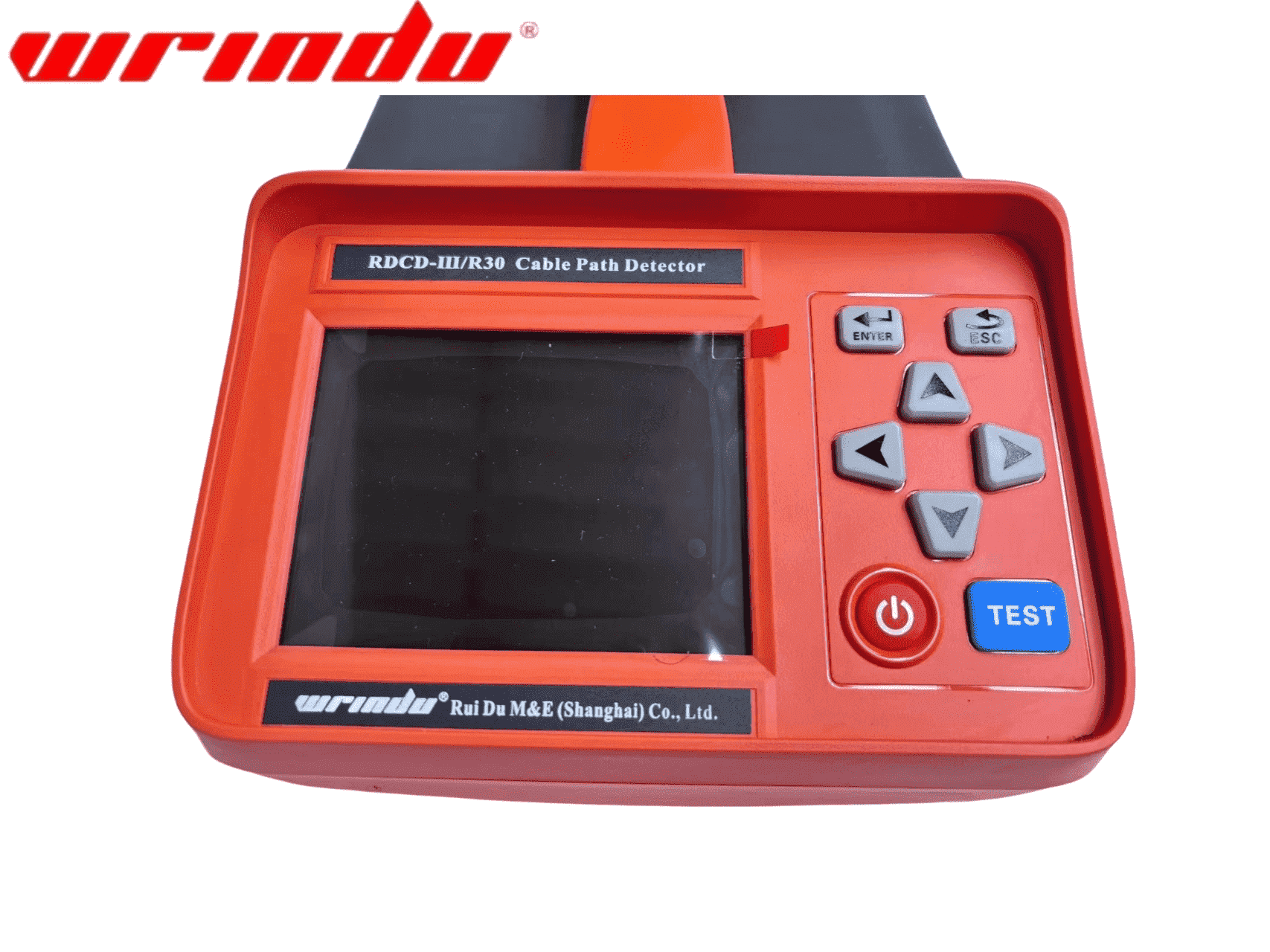

What range of leakage current must trip an IDCI?
IDCI refers to Immersion Detected Circuit Interrupter, a device used to detect leakage current and provide protection. When the leakage current between the line or neutral conductor and the shield conductor of the flexible cord is detected, the current to the load can be interrupted.
IDCI trips and interrupts power supply when it detects a leakage current between 4 and 6 mA. This means that when a leakage current exceeding 6 mA is detected, the IDCI cuts off the circuit to protect people from the risk of electric shock.
How much leakage current is acceptable?
Acceptable leakage current levels vary depending on the application and safety standards, but are typically measured in milliamperes (mA) or microamperes (µA). For grounded appliances, a leakage current of less than 0.5mA is generally considered safe. For three-wire grounded equipment, UL standards stipulate that the leakage current should be less than 0.5mA for portable equipment and less than 0.75mA for fixed equipment. For two-wire ungrounded equipment, UL standards stipulate that the leakage current should be less than 0.5mA.
Due to the varying installation environments and methods of electrical equipment and cables, calculating leakage current is difficult. During the design process, estimates are based on relevant specifications and empirical data accumulated from previous engineering practices. The human body generally perceives a safe current below 30mA. Therefore, the leakage current of all terminal electrical equipment should be below 30mA. Leakage currents between 300 and 500mA can cause discharges to nearby conductors. It will generate sparks. The recommended alarm threshold for electrical fire monitoring devices is 300 to 500mA.
And if you ask the question of Is leakage current ruining your device's performance? We can certainly tell you. Yes, leakage current can significantly impact and potentially ruin your device's performance, especially in certain applications.
What is the difference between measuring insulation resistance and leakage current?
The principle of measuring leakage current is basically the same as that of insulation resistance. Insulation resistance is actually a leakage current, but it is expressed in the form of resistance. However, the regular measurement of leakage current applies an AC voltage, so the leakage current contains a capacitive component of current.
Both measurements evaluate the insulation performance of electrical equipment based on Ohm's law, but their measurement methods and focus differ. Leakage current measurements typically use an adjustable high-voltage power supply and a microammeter to directly measure the current flowing through the device under test. They focus on detecting insulation defects, particularly those that only become apparent at higher voltages, such as partial discharge and insulating oil deterioration. Insulation resistance measurements, using a megohmmeter, primarily assess overall insulation performance but may not effectively detect certain localized defects.
To remember, the leakage current test method does not judge the current insulation performancebased on the leakage current value, but evaluates the insulation performance based on the leakage current change trend.

